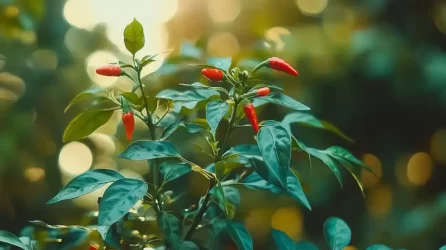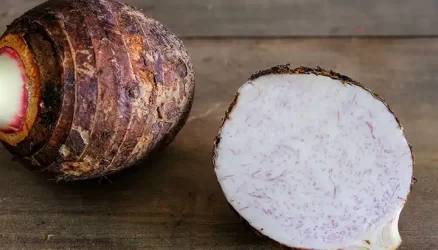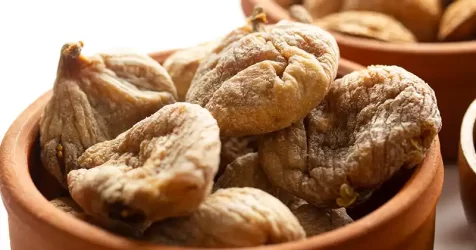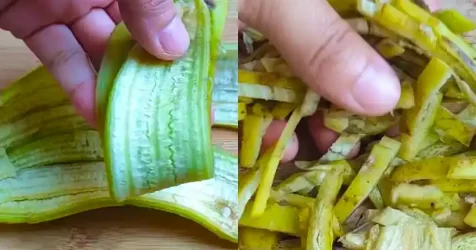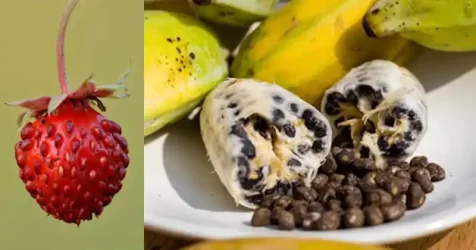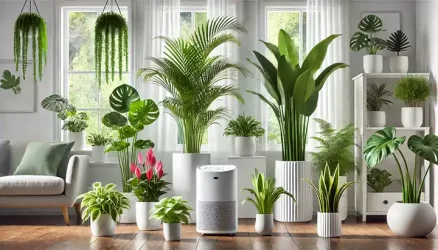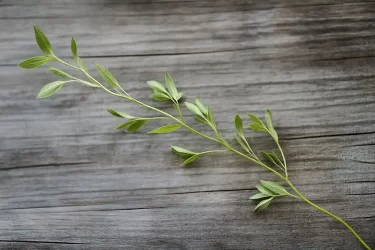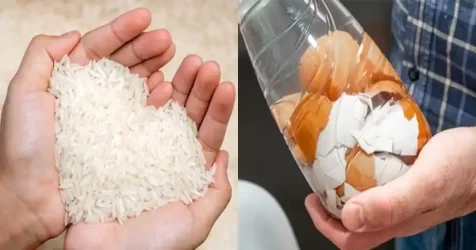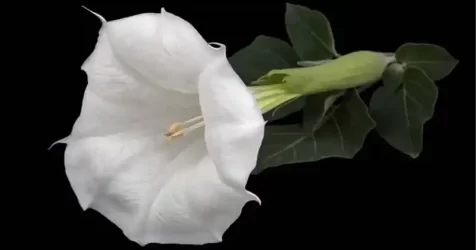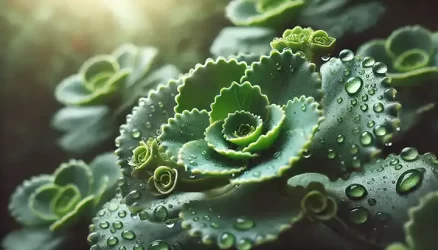5 Reasons why the tips of the leaves of your indoor plants dry out
Initially, we tend to think that if the plants have that brown hue on the tips of the leaves and a wrinkled texture, it is because they must be under attack from a pest or disease.

However, on many occasions, it is a clear indication that the variety is under stress.
Here are the 5 reasons why your indoor plants can suffer from stress :
1. Lack of water

This is probably the first cause one thinks of when looking at the tips of dry leaves.
Caring for houseplants in winter . The same plant may need different amounts of irrigation depending on the season. For example, the irrigation they usually need in winter is not the same as in summer. But just because it does not have enough humidity does not mean that the adequate amount of irrigation is not being provided.
Sometimes it is the plant roots themselves that are not absorbing the water properly. This can happen, for example, when using a substrate or soil that drains too quickly.
2. Excess water

Regarding the previous factor, if you notice that the substrate of your plant is too dry, do not water it excessively and drastically. That is not the proper way to do it.
Water the plants properly : It should be done gradually and observe how the plant reacts, checking that it is not flooded. And it is that, an excess of irrigation can be much more dangerous for our plants than a lack of irrigation, since it can lead to root asphyxia .
3. Saturated roots

Watering and fertilizing the plants are two completely normalized ways of caring for them. Without them, plants would neither grow nor live.
However, transplants are not often given the same importance. Season after season, the plants develop and require larger containers.
There comes a time when the roots can become so saturated that they are unable to absorb the irrigation water and the fertilizer that is provided.
When a plant needs to be transplanted and, when it needs it, it will have to be done. Of course, you will always have to choose a container of a slightly larger size .
When transplanting, you may notice the very compacted roots. In that case, a root pruning will be necessary, reducing the root ball and cleaning the entire base.
4. Too much sun

The sun is very beneficial for plants, but excessive light can also have a negative effect .
If you notice that your plant may be burning in the sun, try moving it to another part of the house with medium light and observe its evolution.
Plants perspire through their leaves and, during this process, the leaves cool down preventing heat stress.
In order for them to do so, they need to have enough water to carry it from the roots to the stems and also to the leaves. If they have a deficiency, the latter will be much more likely to burn out.
5. Air currents

Many plants suffer when they are located in areas of the house with high drafts. If you notice that your plant is placed in a space where air circulates a lot, move it to another place.
Knowing what the needs of each of the plants in your house are will be key to identifying what it is that you are not taking into account and, thus, being able to solve it.

